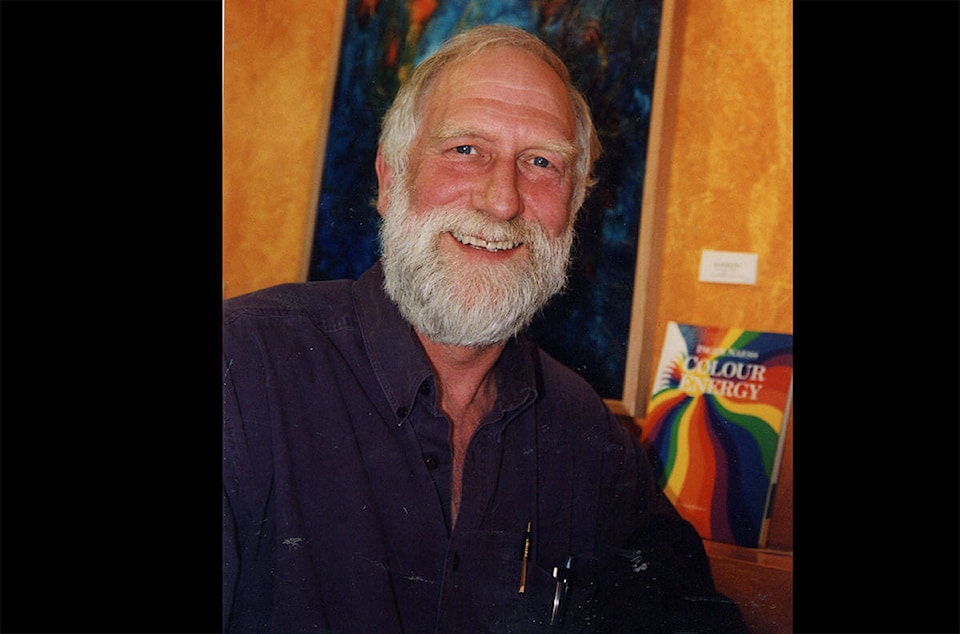David Zirnhelt
Observer Contributor
It has been said that you are what you eat.
But I am not a cow, a carrot, a walnut, an apple or chicken, although I eat these things. But to the extent that I eat nutritious and healthy food, then I have a good chance at being a healthy human being.
Much has been written about this.
Food is grown for the most part in soil. I think we should keep it this way and conserve and cherish this resource.
High-tech food like Petrie dish meat or hydroponic veggies don’t interest me and should not feed the world.
I make this bold assertion on this basis: in order to have nutrient-dense food with all the things our bodies need in the form they need it, we can rely on soil, which has survived the test of time.
Local food grown in and on the soil has fed humans over the millenia. However, our health “improvements” have been questionable in recent times, and certainly the climate changes threaten the substrate of our civilizations.
Soil has been called the skin of the earth. It holds in essential ingredients of life. It resists attacks by unfriendly microbes (disease).
Above all, or below all, it generates the essential ingredients for life above. Nothing profound about this.
At our peril, we forget this or we act like we never knew it. Science used in agriculture all but ignored the biological or the living part of soil in its simplistic quest for simple solutions to food-growing challenges.
Science, government and business investors saw to it that for many decades, the physical and chemical properties of soil was the predominant focus.
Now this is changing with the realization that the magic of good healthy soils must be our focus, or else our peril might be ensured.
Biology begets the right chemistry to physically change the mineral substrate of the earth and make it available to living things.
Making nutrients available for uptake by plants and then animals, which convert plants to other proteins is the role of the many thousands of microbial beings underfoot and under cover of the vegetation supported by soil.
Some of us would like to learn more about this healthy soil movement deep in agriculture.
Two upcoming events beg your attention. First, there is the Western Canada Conference on Soil Health and Grazing, in Edmonton Dec. 10 to 12. Some of us are going.
The second event is in the planning stages and has booked a main speaker/advisor/instructor. That person is Kris Nicols, one of the leaders in Regenerative Agriculture in America.
The event will be a two-day conference/workshop in Williams Lake Jan. 16 and 17.PUT IT IN YOUR CALENDAR and book the time for professional development. The event will be about learning about soil.
It will cost you maybe hundreds of dollars in time and cash, but the rewards will be many. To go to the Edmonton conference will cost a thousand dollars-plus in travel and fees.
Volunteers in industry, producer organizations (like the Cariboo Cattlemen’s Association, Kersley Farmers Institute, Cariboo Agriculture Research Alliance, Ministry of Agriculture, BC Forage Council and others) are organizing this so it is affordable for you.
David Zirnhelt is a rancher and member of the Cariboo Cattlemen’s Association. He is also chair of the Advisory Committee for the Applied Sustainable Ranching Program at Thompson Rivers University Williams Lake.
